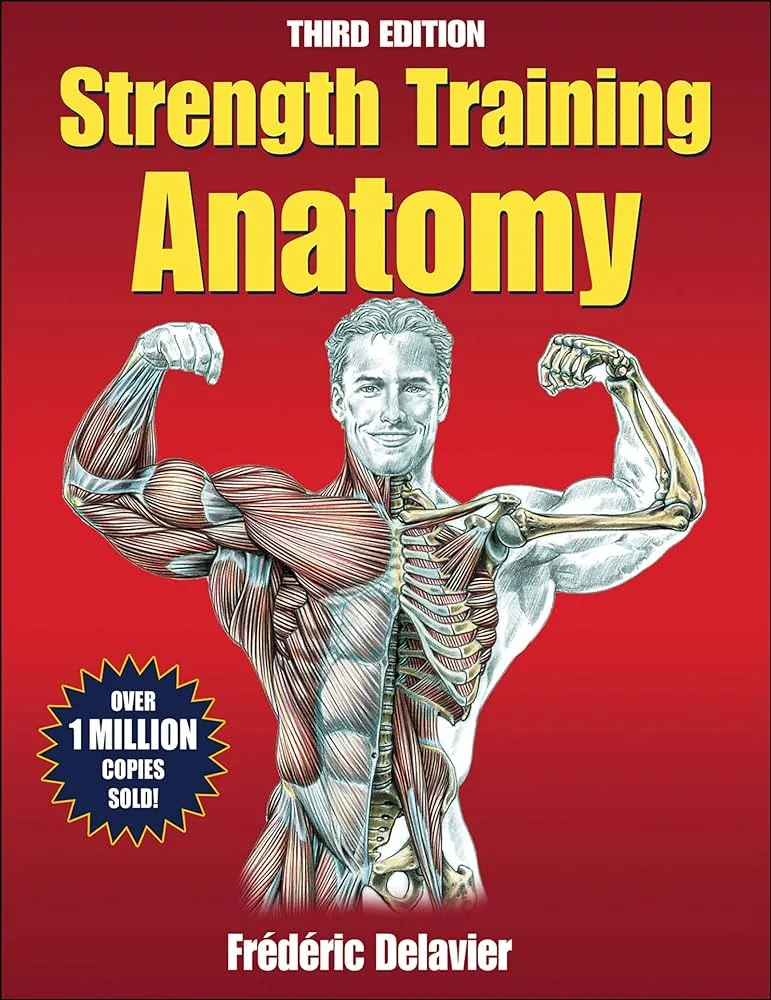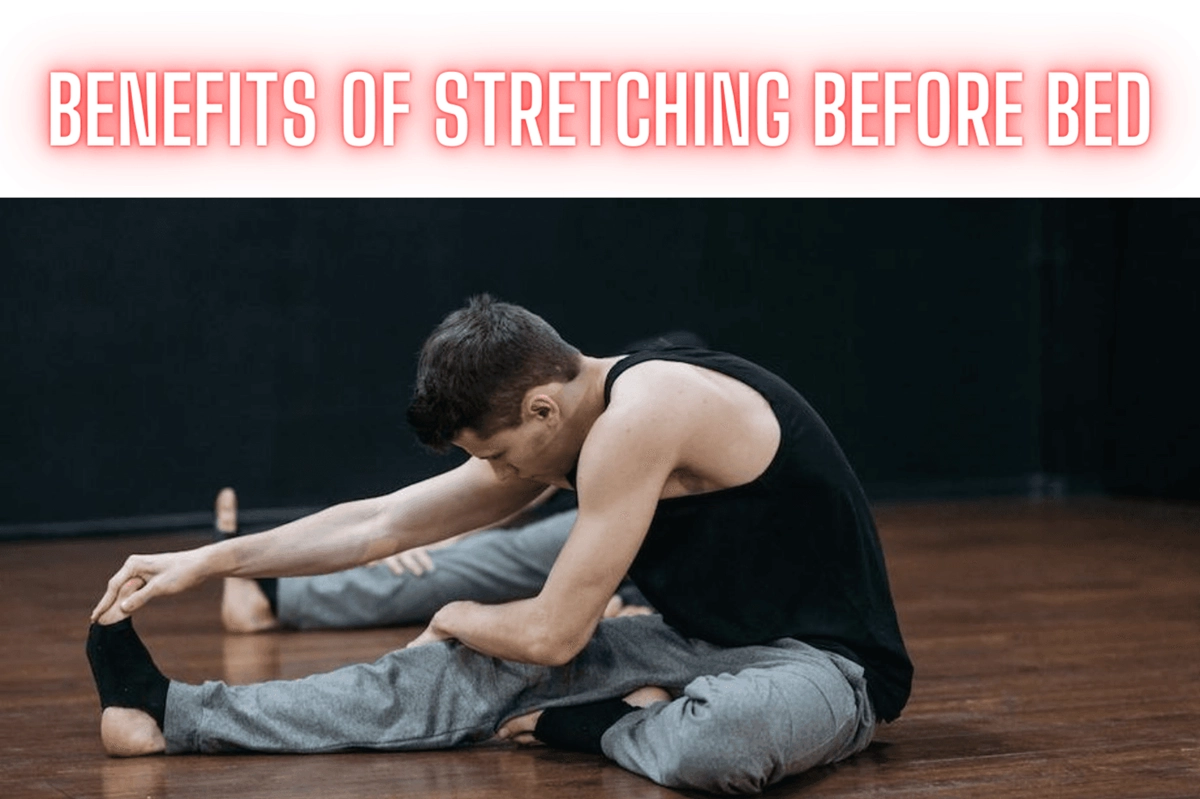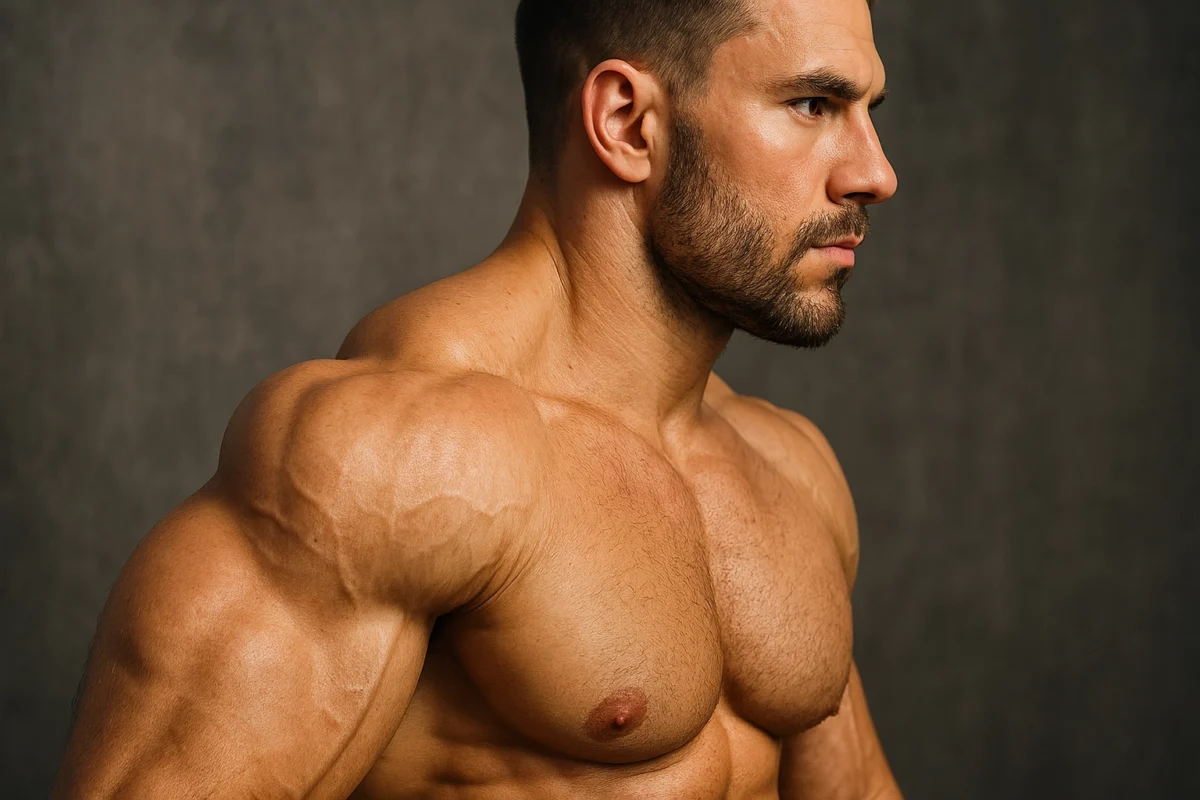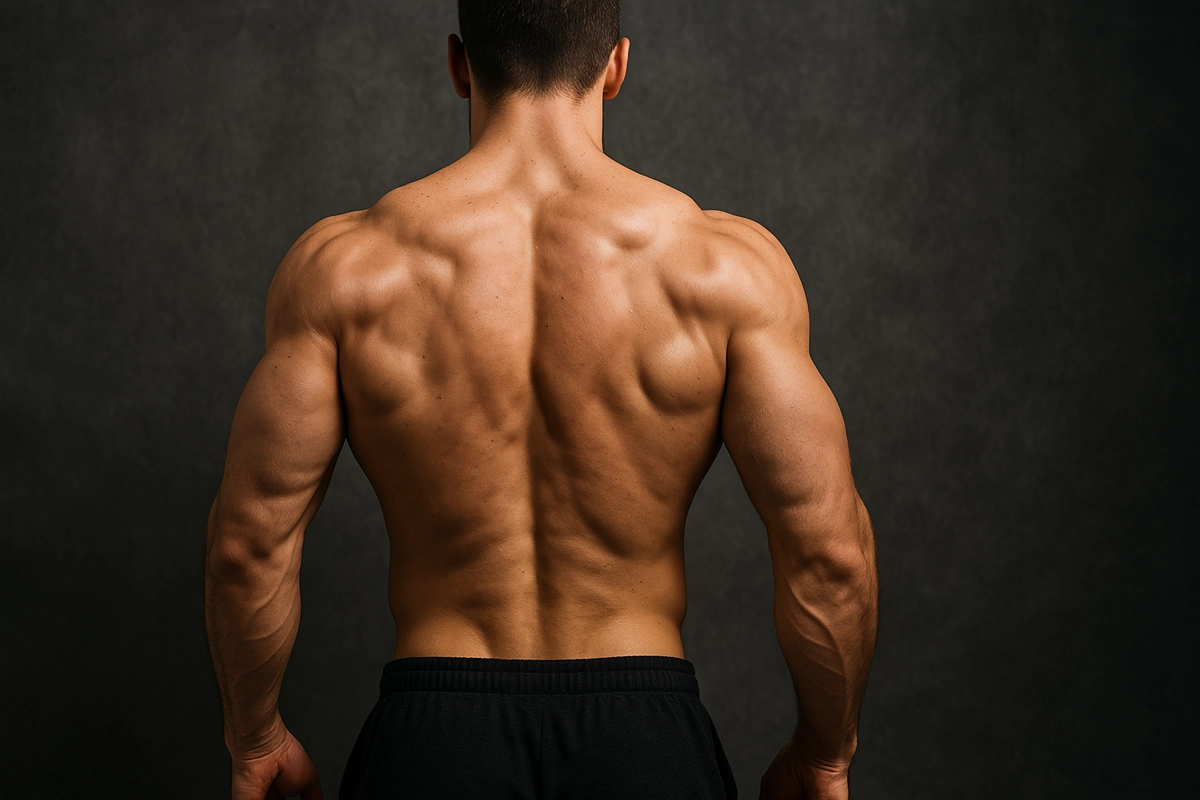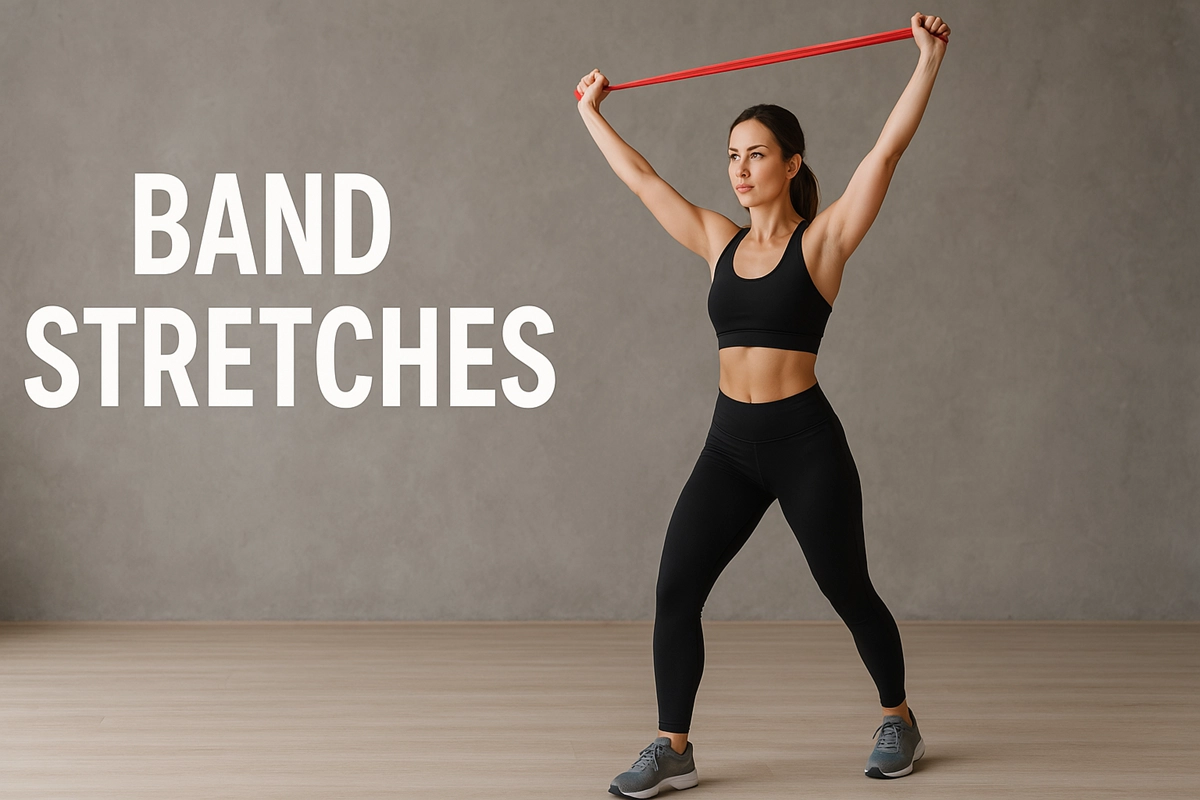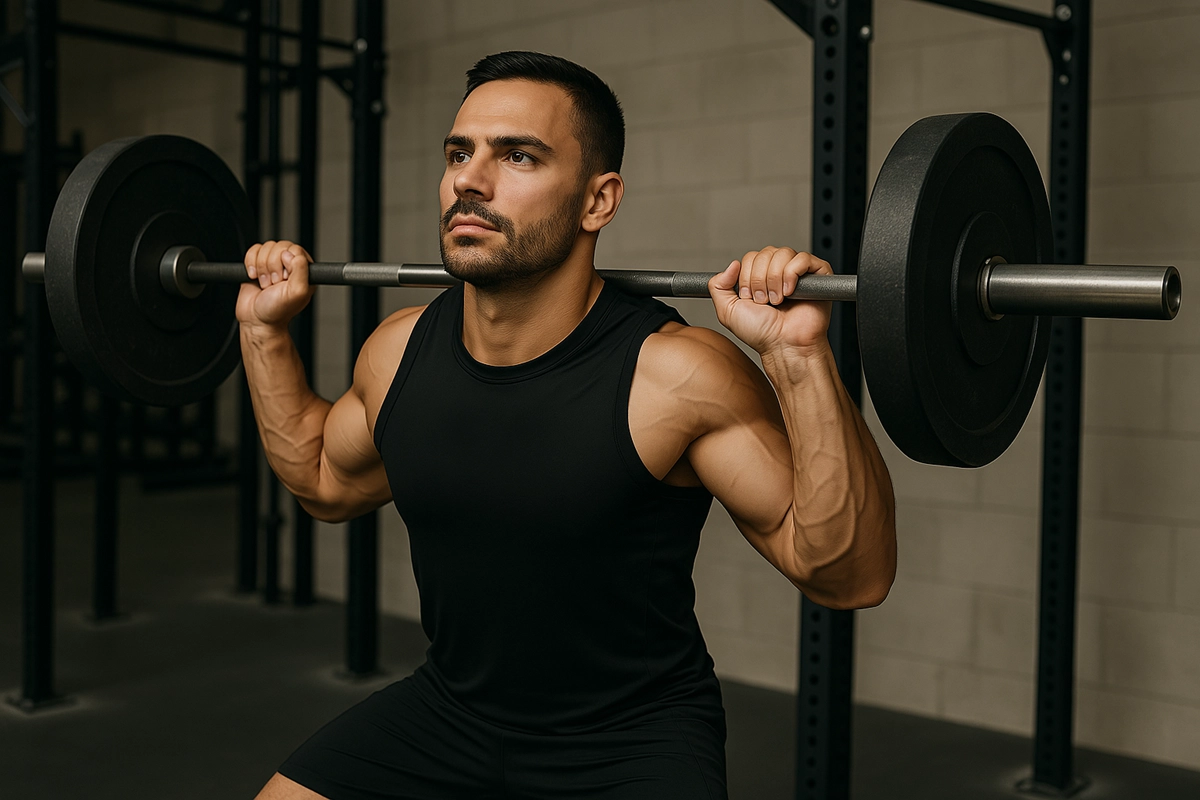Strength training combines exercise selection and biomechanical knowledge to build strength safely. Delavier emphasizes progressive overload and specificity – gradually increase weight/reps and train each muscle appropriately. A balanced program targets all major muscle groups (chest, back, shoulders, arms, legs, core).
Prioritize proper form and muscle engagement to maximize each lift and reduce injury risk. Follow Delavier’s guidelines on sets, reps, and rest for your goals (e.g., heavier weights/fewer reps for strength, moderate weights/more reps for hypertrophy).
Always warm up joints and muscles before lifting, and include mobility/stretching (e.g, spinal decompression hangs) after sessions.
| Muscle Group | Key Exercises | Primary Muscles Activated |
| Chest & Shoulders | Bench Press, Push-Ups, Overhead Press | Pectoralis major (chest), anterior/medial deltoids (shoulders), triceps |
| Back & Arms | Pull-Ups/Chin-Ups, Barbell/Dumbbell Row, Deadlift | Latissimus dorsi (lats), trapezius, rhomboids, biceps brachii |
| Legs & Glutes | Squats, Lunges, Deadlifts | Quadriceps, gluteus maximus, hamstrings |
| Arms | Barbell/Dumbbell Curls, Triceps Dips/Pushdowns | Biceps brachii, brachialis, triceps brachii |
| Core | Plank, Crunches, Leg Raises | Rectus abdominis, obliques, transverse abdominis |
Chest and Shoulders
Key Exercises: Barbell bench press, incline press, push-ups, overhead (military) press, dumbbell flyes. These are compound “push” movements. For example, the barbell bench press is the best exercise for building the pectoralis major.
In a flat bench press, you target the middle chest, and raising the bench to ~30° shifts emphasis to the upper chest. The overhead press primarily builds the shoulder deltoids and also works the triceps.
- Muscles: Bench press and push-ups engage the pectoralis major (sternal and clavicular heads) with assistance from the front deltoids and triceps. Overhead presses target all three heads of the deltoid (especially anterior/medial) and also load the triceps and upper chest.
- Form Tips: Retract and pinch the shoulder blades on the bench press (depress the scapula) to stabilize the shoulders. Keep elbows at about 45° to your torso (not flared straight out) to reduce shoulder stress. For overhead lifts, brace your core and avoid excessive back arching; keep the bar path roughly over the center of the shoulder.
- Injury Prevention: Control the motion – avoid bouncing the bar or using momentum. Warm up the rotator cuff and shoulder capsule. After heavy pressing work, decompress the spine by hanging from a bar to counteract compression.
Back and Arms
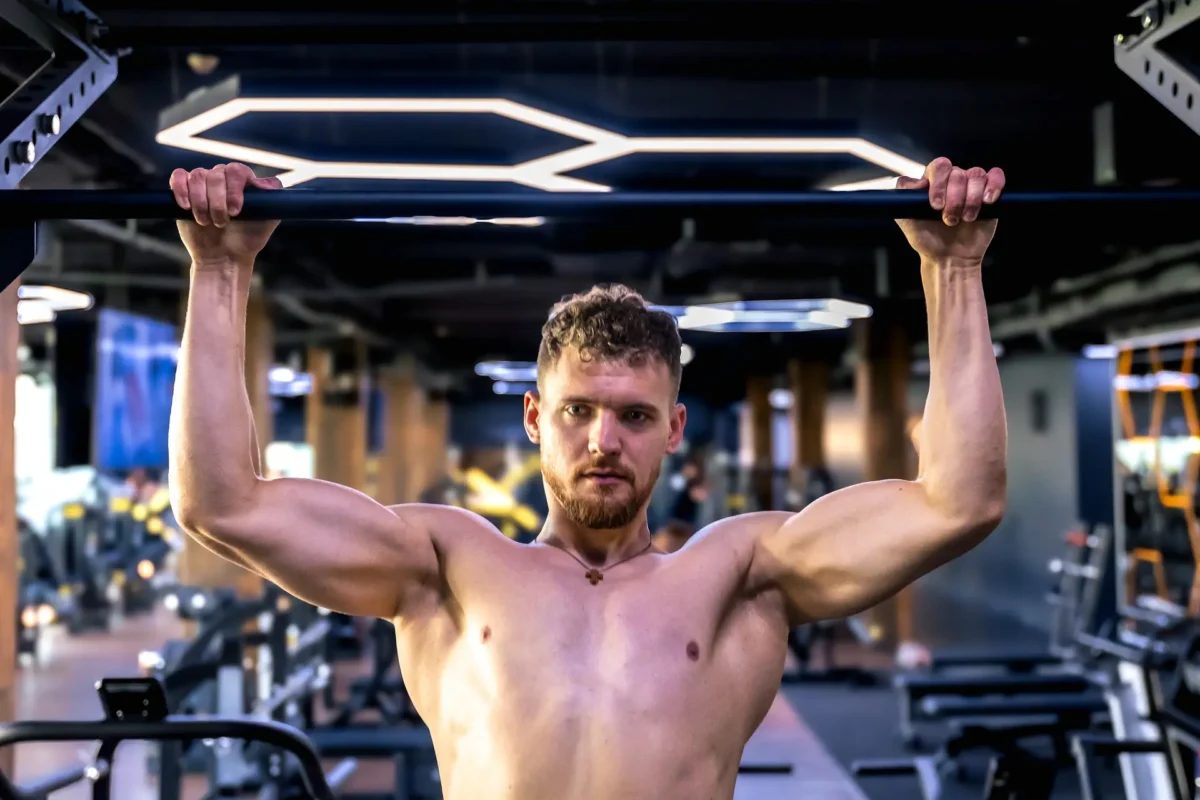
Key Exercises: Pull-ups/chin-ups, lat pulldowns, barbell or dumbbell rows, deadlifts, face pulls. These “pull” exercises build back and arm strength.
Pull-ups are one of the most effective upper-body moves – they primarily activate the latissimus dorsi (“lats”), as well as the trapezius and rhomboids for scapular retraction.
Barbell or dumbbell rows likewise target the lats, rhomboids, and traps, and also engage the biceps and posterior shoulder (rear deltoid).
Deadlifts are a full-body pulling lift – they powerfully recruit the posterior chain (glutes, hamstrings, spinal erectors) and also the quads on ascent.
- Muscles: Pull-ups and rows heavily engage the latissimus dorsi, teres major, trapezius, and rhomboids, with the biceps brachii, brachialis, and forearm muscles as elbow flexor assistants. Deadlifts use the gluteus maximus and hamstrings for hip extension, quadriceps for knee extension, erector spinae (lower back) for spinal stabilization, plus the lats and trapezius to support the bar.
- Form Tips: Keep a neutral spine and engaged core on all back exercises. For pull-ups/rows, pull your elbows down and back (scapular retraction) instead of shrugging. In deadlifts, hinge at the hips by sending your hips back first, keep your chest up and abs braced, and avoid rounding the lower back.
- Biceps and Triceps: For arm-specific work, do curls and extensions. Barbell or dumbbell biceps curls isolate the elbow flexors – mainly the biceps brachii and brachialis. Hammer curls (thumbs up) put more load on the brachialis. For triceps, overhead extensions and pushdowns (cable/rope) hit the elbow extensors (triceps brachii). Triceps dips or close-grip bench press engage all three triceps heads.
- Injury Prevention: Avoid using momentum (swinging) on pulls and curls. Keep the spine neutral on deadlifts and rows. For pull-ups, don’t hyperextend the shoulders at the bottom – fully hang, then initiate the pull. Strengthening the rotator cuff and scapular stabilizers helps protect the shoulders during heavy back work.
Legs and Glutes
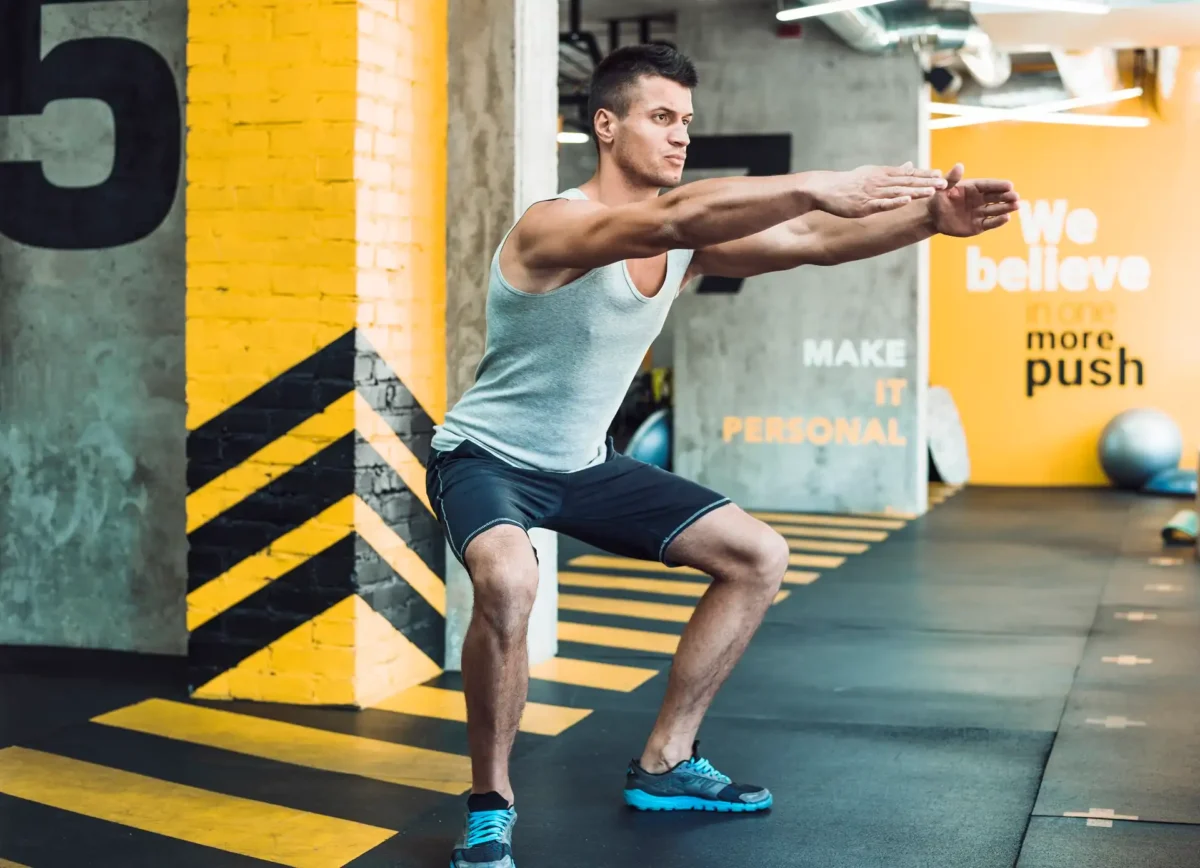
Key Exercises: Back squat, front squat, lunges, leg press, Romanian deadlift, glute bridge/hip thrust. Squats and lunges are foundational compound lifts.
As Delavier notes, “the squat recruits many muscles in addition to the quadriceps: the glutes, hamstrings, lumbar muscles, and calves”.
The deeper you squat, the more your glutes and hamstrings contribute. Romanian deadlifts and hip thrusts specifically target the glutes and hamstrings through hip extension.
- Muscles: Squats mainly load the quadriceps (rectus femoris, vastus lateralis/medialis/intermedius) and gluteus maximus. Hamstrings (biceps femoris, semitendinosus, and semimembranosus) and erector spinae act as synergists to stabilize the lift. Lunges work similar muscles unilaterally. Romanian deadlifts focus on the glutes and hamstrings, with spinal erectors stabilizing. Calf raises (standing or seated) target the gastrocnemius and soleus.
- Form Tips: Keep your knees tracking over your toes on squats/lunges; avoid letting them collapse inward. Push through your heels and mid-foot, and keep your chest up with a neutral spine. If you naturally lean forward, ensure it’s a hip pivot (as Delavier illustrates, a slight forward torso lean can be inevitable for some lifters). Start with a lighter weight to learn full depth safely.
- Injury Prevention: Warm up hips and ankles for mobility. Do not use excessive weight at the expense of form (e.g., letting the knees shoot forward or rounding the back). Use a power rack/safety bars if squatting near max load. If heavy deadlifts or squats compress your spine, decompress between sets (e.g, hanging to relieve spinal load). Strengthening both quads and hamstrings helps keep knees stable; include hamstring curls and bridges to balance leg training.
Core (Abdominals and Obliques)
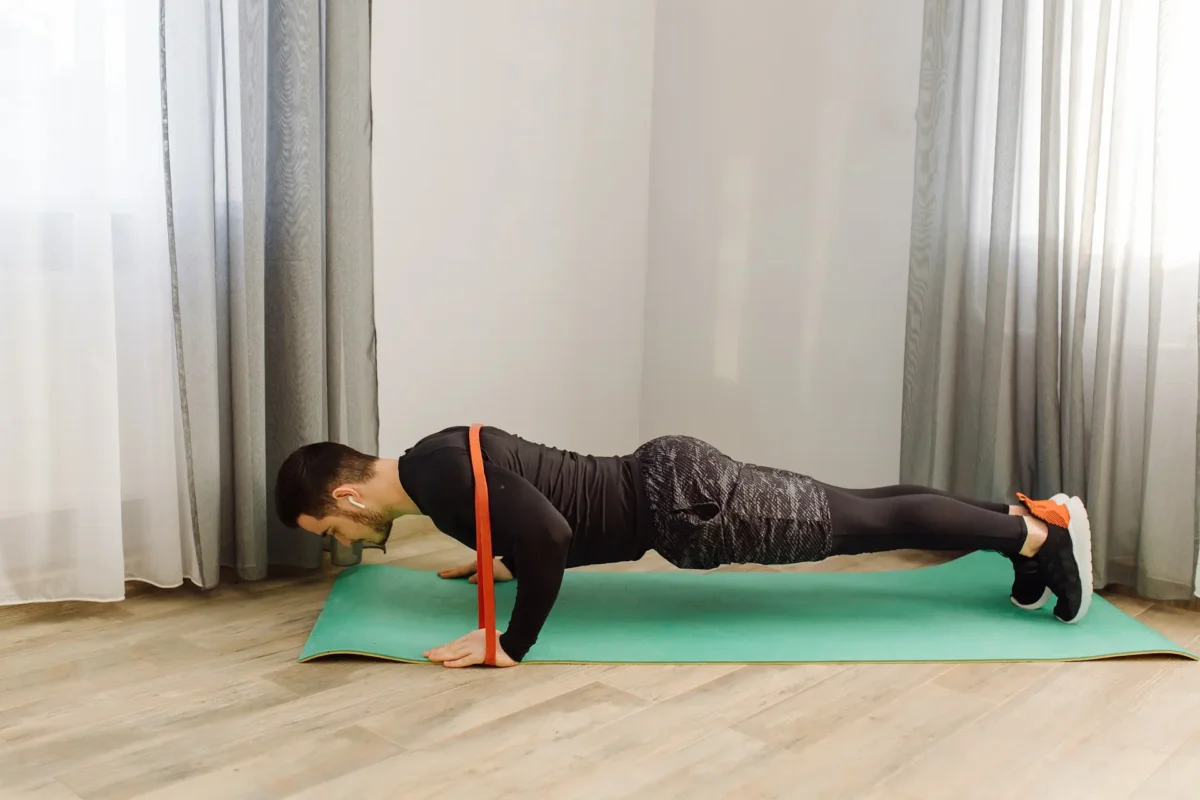
Key Exercises: Plank, crunches, hanging leg raises, Russian twists, Pallof press. Core exercises teach the midsection to stabilize the spine.
The plank is a prime example – it “activates the core muscles, including: transversus abdominis, rectus abdominis, internal oblique, external oblique”.
Crunches and sit-ups primarily work the rectus abdominis. Anti-rotation moves (like Pallof press) engage the transverse abdominis and obliques deeply.
- Muscles: Planks and similar isometric holds train the transverse abdominis (deep corset muscle), rectus abdominis (front “six-pack”), and internal/external obliques. Leg raises and knee tucks emphasize the lower abs and hip flexors. Rotational exercises (Russian twists, cable chops) target the obliques. A strong core bracing is essential for heavy lifts (deadlifts, squats) and protects the spine.
- Form Tips: Maintain a neutral spine and avoid sagging or lifting the hips. In planks, “try to maintain a neutral spine against the forces acting on it” by engaging the abdominals. For crunches, lift through the abs (not neck); for leg raises, avoid arching the lower back. Exhale on exertion to help brace the core.
- Injury Prevention: A weak core can lead to lower back strain; balance flexion exercises (crunch) with extension work (back extensions) and anti-rotation holds. Always engage the core (as a stabilizer) during compound lifts. Progress gradually in hold times or reps to avoid low-back pain from overuse.
Proper Form and Injury Prevention
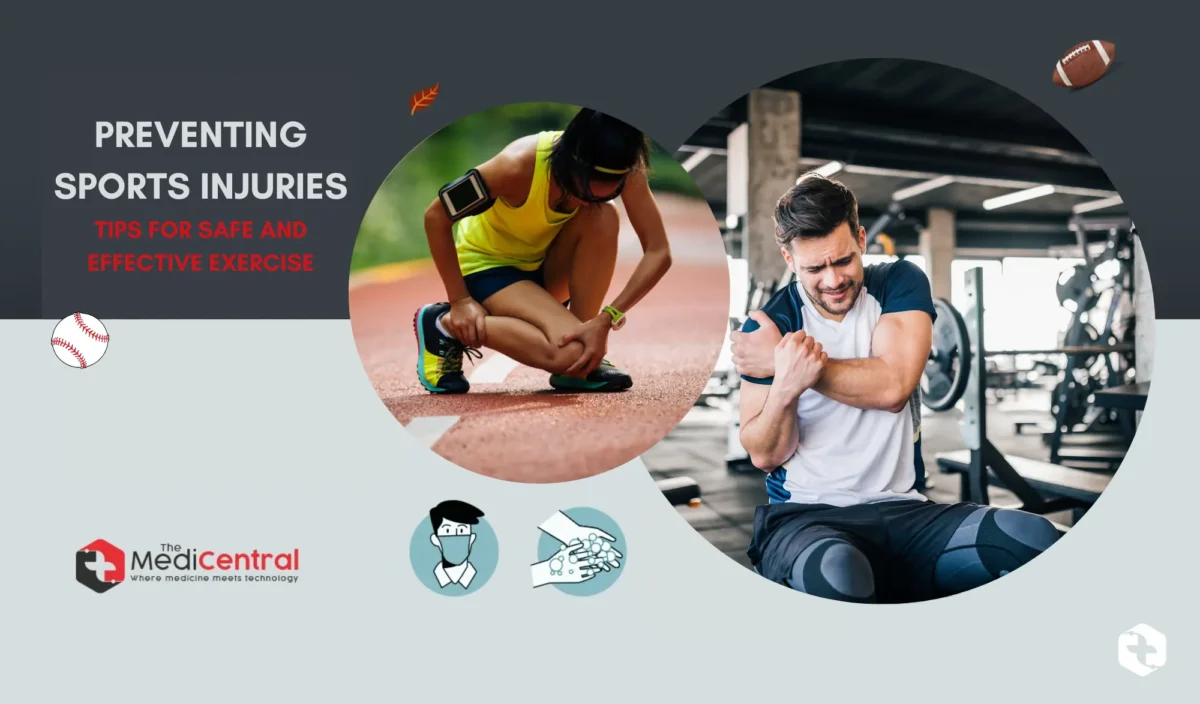
- Alignment: Always keep joints in safe ranges. For example, avoid locking out elbows or knees aggressively; keep a slight micro-bend. Maintain a neutral spine in all lifts. Delavier stresses that “maintaining correct body alignment… helps readers reduce the risk of injury”.
- Controlled Movements: Avoid using momentum (jerking or “kipping”). Slow, controlled reps fully work the target muscles and protect tendons.
- Balanced Development: Train opposing muscles evenly (e.g., chest vs. upper back, quads vs. hamstrings) to maintain posture and joint health. Neglecting one group can lead to imbalances and injury.
- Warm-Up and Mobility: Do dynamic warm-ups (leg swings, band pull-aparts, bodyweight squats) before heavy lifts. Spend time on mobility drills for hips, ankles, shoulders, and thoracic spine.
- Load Management: Increase weight or volume gradually. Delavier emphasizes progressive overload and notes that sudden jumps can cause plateaus or injury. Listen to your body’s limits and allow adequate recovery (rest days, sleep, nutrition).
- Safety Measures: Use safety bars/racks for squats and bench presses when pushing heavy. Wear a weightlifting belt or use the Valsalva maneuver (brief breath hold) on maximal lifts to stabilize the spine – but only if experienced and without cardiovascular issues.
- Recovery and Stretching: Post-workout, stretch the muscles you trained to maintain flexibility. For example, hamstring and hip flexor stretches after leg day, and chest/shoulder stretches after pressing. Delavier even advises hanging from a bar after intense workouts to decompress the spine.
By combining Delavier’s anatomical insights with solid training principles, this guide helps you select effective exercises for each muscle group and perform them with safe, anatomically sound technique.
Use the tables and bullet-pointed tips above as a quick reference when planning your workouts. Proper form, balanced programming, and awareness of the muscles working in each exercise will keep you progressing toward strength goals while minimizing injury risk.
FAQs
Is Strength Training Anatomy Book Worth It?
Yes, the Strength Training Anatomy book is worth it because it visually explains exercises with detailed muscle illustrations. It helps beginners and advanced lifters understand correct form, muscle targeting, and injury prevention. The book remains one of the most recommended guides for strength training education.
Does Strength Training Improve Body Mechanics?
Yes, strength training improves body mechanics by enhancing posture, stability, and joint alignment. Stronger muscles support efficient movement patterns, reducing the risk of injuries. Regular resistance training helps correct imbalances and improves coordination in daily activities.
What Is Anatomy Exercise?
Anatomy exercise refers to physical training explained through the study of muscles, bones, and joints involved in movement. It connects each exercise to the body structures it activates, helping athletes understand proper technique and avoid injury.
What Is The Importance Of Anatomy In Strength Training?
Anatomy is important in strength training because it shows which muscles each exercise targets. Knowledge of anatomy helps optimize workouts, correct imbalances, and prevent injuries. Understanding muscle function ensures exercises are performed with proper form and efficiency.
How Does Strength Training Benefit Overall Health?
Strength training benefits overall health by building muscle, increasing bone density, and improving metabolism. It reduces risk of chronic diseases like diabetes and heart disease, enhances mobility, and supports mental health through reduced stress and improved confidence.
What Are The Major Muscle Groups To Focus On?
The major muscle groups to focus on in strength training are chest, back, shoulders, legs, arms, and core. These groups include the pectorals, lats, deltoids, quadriceps, hamstrings, biceps, triceps, and abdominals. Training all major groups ensures balanced development and strength.
How Often Should You Do Strength Training?
You should do strength training 2–4 times per week, allowing at least 48 hours of rest between sessions for the same muscle group. Beginners often start with full-body workouts three times weekly, while advanced lifters may use split routines targeting specific muscles.
What Is The Best Way To Start Strength Training?
The best way to start strength training is with bodyweight exercises like squats, push-ups, and planks. Beginners should learn proper form before adding weights. Starting with 2–3 sessions per week and gradually progressing ensures safety and long-term results.
How Can Anatomy Knowledge Prevent Injuries?
Anatomy knowledge prevents injuries by teaching how muscles, joints, and tendons function during exercise. It helps identify risky movements, correct form, and balance opposing muscle groups. This reduces strain and lowers the likelihood of overuse or acute injuries.

